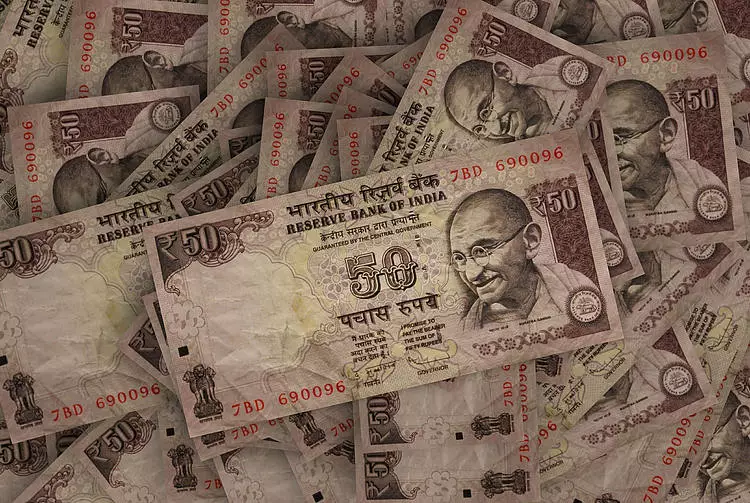In recent trading sessions, the Indian Rupee (INR) has been under notable stress, particularly evident in the early European hours on Tuesday. After showing strength by reaching its peak level in over fourteen days, the INR is now grappling with several external pressures. The shift primarily comes as demand for the US Dollar (USD) accelerates, driven by robust economic indicators from the United States and geopolitical tensions, specifically the ongoing conflict between Russia and Ukraine. Additionally, former President Donald Trump’s commitments on tariffs have introduced further volatility into the currency markets.
The depreciation of the INR is intertwined with broader market sentiments that are fundamentally influenced by recent US economic data. Strong performance metrics have contributed to renewed confidence in the USD, drawing traders away from emerging market currencies like the INR. In what appears to be a cyclical pattern, this surge in USD strength can be exacerbated by geopolitical uncertainties, as investors typically gravitate towards ‘safe-haven’ currencies during turbulent times.
Compounding these factors is the ongoing rebalancing of MSCI indexes, which is projected to funnel approximately $2.5 billion into Indian equities. This influx of capital could potentially provide the INR with a temporary boost, offering a glimmer of hope amid the larger bearish trend. However, it remains to be seen whether this will be sufficient to counteract the pressures arising from the global economic landscape.
As market participants remain vigilant, an upcoming highlight of the week is the release of the FOMC Minutes. Insights from this document could significantly influence traders’ outlooks, particularly concerning US interest rate policy. Chicago Fed President Austan Goolsbee hinted at a cautious approach from the Federal Reserve, suggesting that rate adjustments might gravitate towards neutral positions which neither restrict nor stimulate economic growth. This statement aligns with the sentiments expressed by Minneapolis Fed President Neel Kashkari, who indicated the potential for another rate cut to be deliberated in December.
Market expectations for rate cuts have notably adjusted, with futures traders now forecasting a 55.9% likelihood of a quarter-point reduction in December. This marks a decrease from recent highs of 69.5%, showcasing the fluctuating sentiment surrounding monetary policy as traders weigh both domestic and international economic pressures.
The technical landscape of the USD/INR pair currently exhibits a bullish outlook, especially as it hovers above the key 100-day Exponential Moving Average (EMA) on daily charts. Despite a recent dip below an ascending trend channel, the Relative Strength Index (RSI) remains above the midline at around 54.60, signifying potential buyer support in the near term. Crucial levels to bear in mind include resistance at 84.50 and support emerging between 83.80 and 84.00.
In the face of these conditions, market analysts, including Amit Pabari from CR Forex, anticipate the dollar-rupee pair to trade within a defined range in the medium term. Observations underline that while immediate technical analysis leans toward moderate bullish action, the overall market bias could tilt back downwards if external pressures intensify.
Overall, the Indian Rupee’s vulnerability in the current climate highlights a larger narrative of how interconnected global economic factors shape currency movements. The local currency is navigating a challenging landscape marked by fluctuating foreign capital inflows, equities rebalancing, and shifting interest rate expectations. As traders analyze upcoming economic indicators and corporate earnings reports, the potential for new trends to emerge remains a reality.
While the INR faces significant headwinds, particularly from the USD and macroeconomic pressures, forthcoming data and shifts in investor sentiment could crucially redefine its trajectory. Investors will need to stay alert and adaptive to these developments, balancing risk and opportunity as they engage with the evolving currency landscape.

